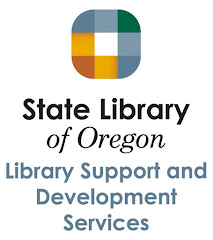
Koufogiannakis, Denise and Alison Brettle (eds.). Being Evidence Based in Library and Information Practice. Neal-Schuman, 2016. ISBN: 978-0-8389-1521-9
Description
Bringing together recent theory, research, and case studies, this book provides librarians with a new reference point for how they can use and create evidence within their practice, in order to better meet the needs of their communities.
Table of Contents
Part 1: Background and model
1. Introduction - Denise Koufogiannakis and Alison Brettle
2. A new framework for EBLIP - Denise Koufogiannakis and Alison Brettle
3. Articulate - Alison Brettle and Denise Koufogiannakis
4. Assemble - Denise Koufogiannakis and Alison Brettle
5. Assess - Alison Brettle and Denise Koufogiannakis
6. Agree - Denise Koufogiannakis and Alison Brettle
7. Adapt - Alison Brettle and Denise Koufogiannakis
Part 2: EBLIP in action
8. Practitioner-researchers and EBLIP - Virginia Wilson
9. Academic libraries - Mary M. Somerville and Lorie A. Kloda
10. Public libraries - Pam Ryan and Becky Cole
11. Health libraries - Jonathan D. Eldredge, Joanne Gard Marshall, Alison Brettle, Heather Holmes, Lotta Haglund and Rick Wallace
12. School libraries - Carol Gordon
13. Special libraries - Bill Fisher
14. Conclusion - Denise Koufogiannakis and Alison Brettle












